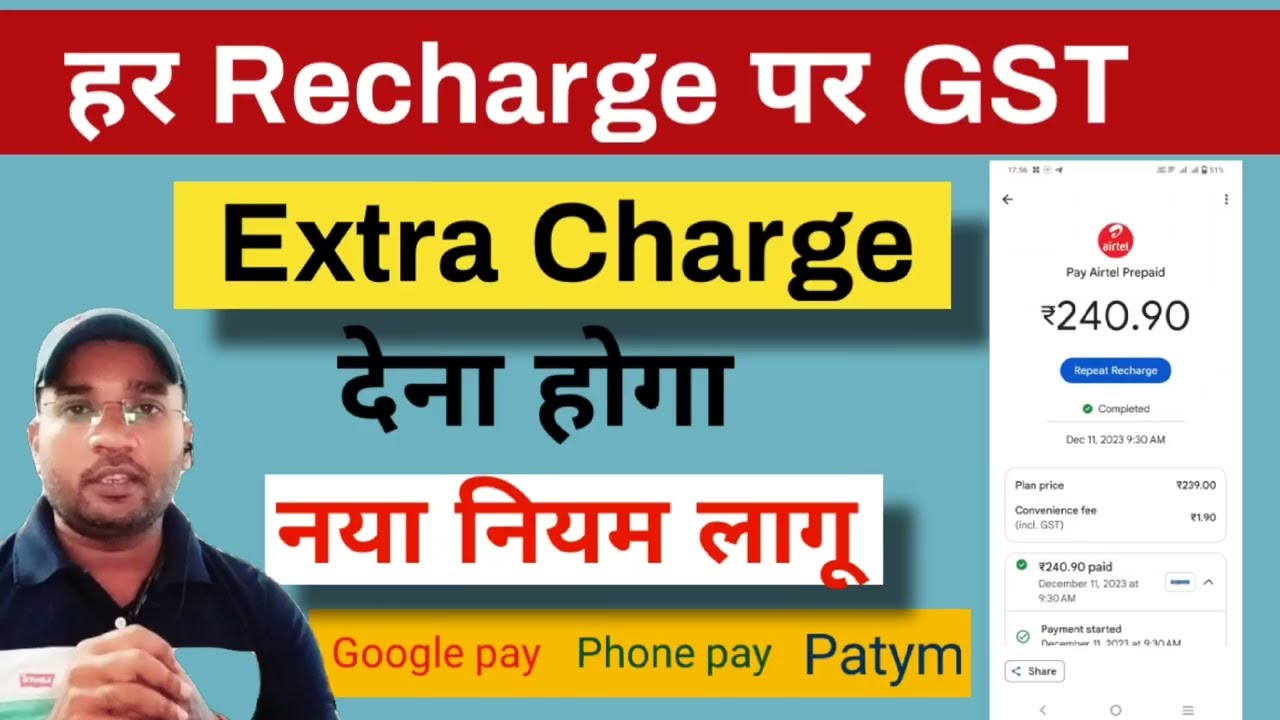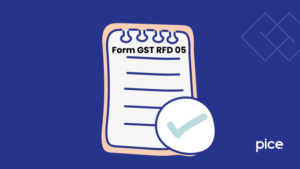GST on Mobile Phones: Applicability, HSN Code and GST Rate
- 24 Aug 24
- 10 mins

GST on Mobile Phones: Applicability, HSN Code and GST Rate
- How Did the Price of Mobile Phones Change Due to the GST?
- GST on Mobile Phones: Types of GST Applicable
- When SGST & CGST or IGST is applied—interstate and intrastate Tax
- Nature of Composite Supply
- What is the value of supply to compute GST on Mobile Phones?
- What Is the GST Rate on Mobile Phones?
- GST on Import of Mobile Phones
- Can ITC Be Claimed on Mobile Phones?
- How Does GST Impact Mobile Phone Prices, Benefits and Unresolved Issues?
- GST on Mobile Recharge
- The Bottom Line
Key Takeaways
- Uniform Tax Rate: GST has standardized the tax rate on mobile phones and accessories to 18% across India, eliminating regional price differences.
- Simplified Tax Structure: GST replaced multiple indirect taxes like VAT and excise duty, simplifying the tax system for both consumers and manufacturers.
- Impact on Prices: The introduction of GST slightly increased mobile phone prices due to the uniform 18% tax rate, up from the previous average of 12%.
- Composite Supply: Mobile phones sold with accessories like chargers are taxed as composite supplies, applying the same GST rate to all bundled items.
- Input Tax Credit (ITC): Businesses can claim ITC on mobile phones purchased for business purposes, provided the necessary conditions and documentation are met.
The Indian government introduced the Goods and Services Tax (GST) to simplify the tax structure by consolidating various indirect taxes on goods and services. With the introduction of GST, electronic gadgets such as mobile phones and their accessories came under its purview. In this blog, we will walk you through how mobile phones are taxed under GST, covering their taxation in the current regime and detailing the mobile recharge GST rate.
How Did the Price of Mobile Phones Change Due to the GST?
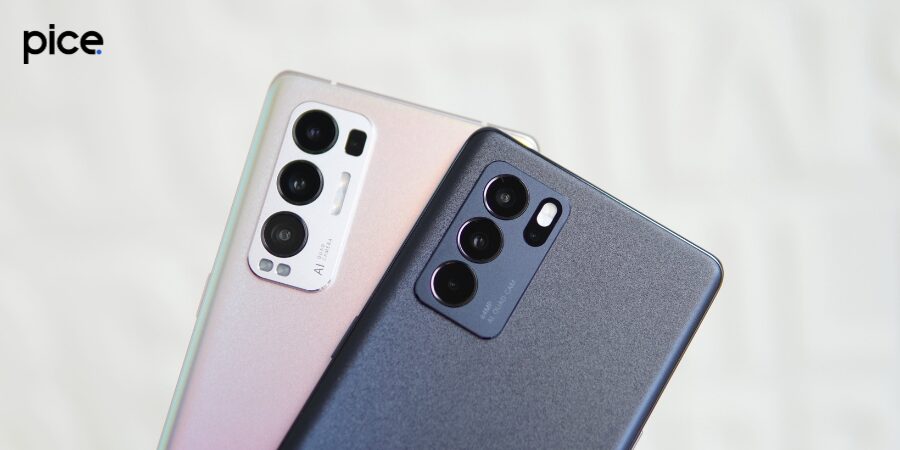
Before GST was introduced in 2017, buying or selling mobile phones was subject to various taxes, including VAT and excise duty, which varied depending on the state. This led to price differences across regions and made the tax system complicated, creating challenges for both consumers and manufacturers.
With the implementation of GST, the tax rate on mobile phones is uniform across the country, allowing for consistent pricing nationwide. Currently, the applicable tax rate under GST is 18%. Before 2020, this rate was 12%, but there was an increase in tax rate following a decision made at the 39th GST Council meeting.
Here is a table to help you understand the difference in mobile phone pricing before and after GST.
| Particulars | Pre- GST Price | Post-GST Price |
| Production Cost | Rs. 10,000 | Rs.10,000 |
| Excise duty at 1% | Rs.100 | NA |
| Base Value | Rs.10,100 | Rs.10,000 |
| 14% VAT/18% GST | Rs.1,414 | Rs.1,800 |
| Sale Price Quoted by the Producer to the Retailer | Rs. 11,514 | Rs.11,800 |
| Packing Charges | Rs.500 | Rs. 500 |
| Total Value | Rs.10,600 | Rs.10,500 |
| 14% VAT/18% GST on Packaging Charges | Rs. 70 (1,484-1,414) | Rs. 90 (1,890-1,800) |
| Total price | Rs.10,670 | Rs.10,590 |
GST on Mobile Phones: Types of GST Applicable
The current GST regime applicable on mobile phones includes two components: CGST (Central Goods and Services Tax) and SGST (State Goods and Services Tax). As the names suggest, CGST is imposed by the central government, while SGST is imposed by the state government.
Each of these taxes is charged at a rate of 9%, making the total GST on mobile phones 18%. However, the specific GST rate applied can vary depending on the location within India.
When SGST & CGST or IGST is applied—interstate and intrastate Tax
When you make an inter-state purchase i.e. buying and selling from different states, IGST (Integrated Goods and Services Tax) applies. This tax rate is set at 18%, which is higher than CGST and SGST, as it combines both central and state taxes into one.
On the other hand, for purchases within the same state, where both the seller and buyer are located, CGST at 9% and SGST at 9% are applicable separately.
Nature of Composite Supply
According to the GST rules, supplies are categorised into two types based on their nature: composite and mixed supplies. The GST on mobile phones is part of the composite supply.
The term "composite supply" refers to a taxpayer's provision of two or more taxable goods to the recipient. These goods are generally provided together as a single supply. In a composite supply, one of the goods or services is the principal supply, and its GST rate determines the rate applied when invoicing.
In the case of mobile phones, dealers supply them with accessories like chargers and USB cables. Therefore, the GST rate that applies to the mobile phone will also be applicable to the charger and USB cable when they are provided together as part of a composite supply. However, earphones sold along with the phone are not naturally bundled and are classified as mixed supplies.
What is the value of supply to compute GST on Mobile Phones?
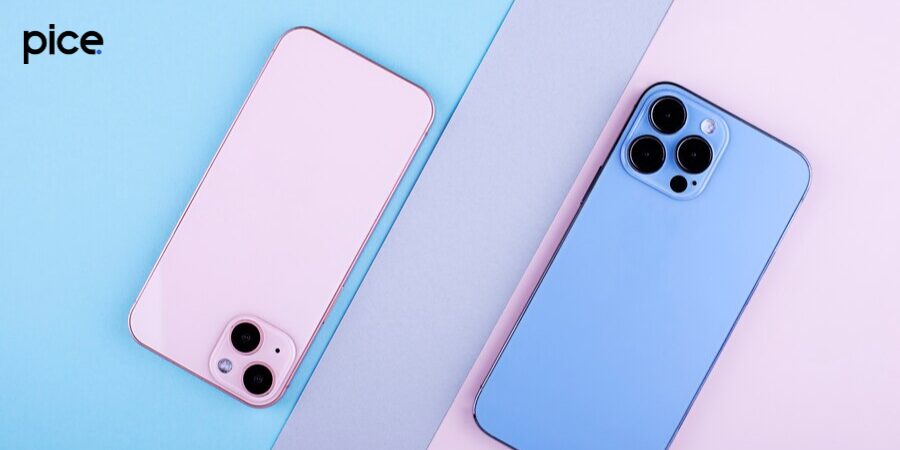
Under the GST mechanism, the value of supply is the amount of money the seller receives from the buyer for goods or services upon their sale. In transactions involving related parties, GST is calculated based on the transaction value, which is the price that unrelated parties would generally pay for similar goods or services.
Smartphone dealers frequently entice customers with exchange deals, allowing them to trade in their old phones for new models and only pay the difference. Under the VAT system, this reduced price was not subject to taxation. However, with GST, barter transactions are considered part of the supply. This implies that even the reduced price from exchange deals is subject to taxation as the original price before discount under GST.
Let us consider an example to better understand this concept. Suppose you want to buy a new phone for Rs. 20,000 in exchange for an old phone. Without the exchange, the new phone would have been priced at Rs. 25,000. Under GST, the tax will be charged on the full value of Rs. 25,000, not the reduced price of Rs. 20,000.
Trade and quantity discounts are often used in business transactions. These discounts are not included in the taxable value if they are shown on the invoice. To exclude these discounts from the taxable value, two conditions must be met:
- Discounts must be clearly listed on the relevant invoices.
- Input Tax Credit (ITC) claimed on the discount must be adjusted or reversed as per the credit note.
What Is the GST Rate on Mobile Phones?
Here is a table outlining the current GST tax rates applicable to mobile phones and accessories products.
| Description of Product | HSN Code | GST Rate |
| Smartphones (including Samsung Mobile and others) | 8517 | 18% |
| Speakers, headphones, earphones | 8518 | 18% |
| Plastic screen protector | 3919 | 18% |
| Tempered glass screen protector | 7007 | 18% |
| Lithium-ion batteries | 8507 60 00 | 18% |
| Power bank | 8507 | 18% |
| Memory card | 8523 | 18% |
| Mobile Cover | 8517 | 18% |
| Mobile Data Cable | 8544 | 18% |
| Parts for the manufacture of telephones for cellular networks or other wireless networks | 85 | 12% |
GST on Import of Mobile Phones
The import duty on camera lenses and related parts essential for mobile phone camera modules was cut from 2.5% to zero following the Budget Session 2023. Additionally, the exemption from import duty for lithium-ion cells used in manufacturing batteries or battery packs for mobile phones was extended until 31st March 2024.
The Union Budget 2020 reintroduced the 10% social welfare surcharge on imported mobile phones, previously waived, alongside the existing 20% basic customs duty.
When importing mobile phones, the Integrated Goods and Services Tax (IGST) is calculated based on the total value, which includes basic customs duty, the assessable value of the goods and any other applicable duties as per current laws.
Can ITC Be Claimed on Mobile Phones?
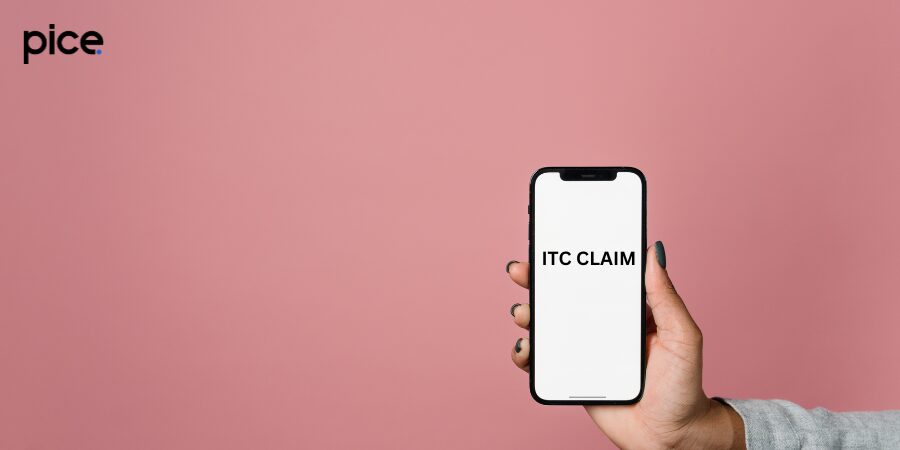
Input Tax Credit (ITC) can be claimed on mobile phones brought into the country for business purposes. To do so, ensure the tax invoice includes the seller's details, location, GSTIN, GST amount charged, HS code and the buyer company's details, location and GSTIN. Additionally, you must meet key conditions such as receiving the mobile device and confirming that the supplier has filed GST returns and paid the tax to the government.
How Does GST Impact Mobile Phone Prices, Benefits and Unresolved Issues?
Since GST was introduced, mobile phone prices have become consistent across India. Previously, the tax rate applicable to mobile phones was 5% along with 1% excise duty in most states. Meanwhile, few states like Gujarat applied a 14% tax rate, leading buyers to look for lower rates elsewhere.
Now, mobile phones are uniformly taxed at 18% nationwide under GST. This single tax rate simplifies the system, eliminating the complexity of multiple taxes, despite slightly raising phone prices.
Benefits to Smartphone Dealers
Discover the benefits that the implementation of GST brings to smartphone dealers.
- Increased Sales: Sales for electronic goods manufacturers and dealers with GST registration are steadily increasing day by day.
- Enhanced Healthy Competition: Standard tax rates nationwide have made prices uniform, encouraging healthy competition among mobile phone dealers.
- Reduced Price Variance: Under the VAT regime, online retailers bought mobile phones from states with lower taxes and sold them in states with higher taxes, offering lower prices online compared to retail stores. With GST, this price difference has decreased.
Benefits to Economy
Not only smartphone dealers, but the implementation of GST has also benefited the economy in several ways when it comes to pricing mobile phones. Some of these benefits are discussed below.
- Standardised Regime: Before GST, businesses dealt with multiple taxes at different stages of the supply chain. However, GST has simplified the tax system by bringing uniformity, making it easier for individuals to ensure tax compliance.
- Increased Exports: Due to GST, production costs have decreased, enhancing competitiveness in pricing exports in the global market.
- Simplified Tax Calculation: GST has simplified tax calculations by using a straightforward tax slab instead of navigating through multiple tax systems, saving considerable time and effort.
GST on Mobile Recharge
According to government directives effective from 1st July 2017, GST applies to all telecom services, including mobile recharge. Under GST, these services are taxed at a rate of 18%.
The Bottom Line
In India, there were 36 VAT authorities, with some jurisdictions imposing varying VAT rates on smartphones along with an excise tariff. The GST regime has been a game-changer, introducing a unified net price under a single taxation system.
Now, all mobile phones and accessories are taxed at a flat 18%, and the same goes for the mobile recharge GST rate. This change has enabled dealers to offer more competitive prices without the hassle of dealing with multiple taxes, creating a win-win situation for both consumers and dealers.
💡Facing delays in GST payment? Get started with PICE today and streamline your GST payments. Click here to sign up and take the first step towards hassle-free GST management.







